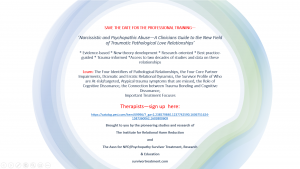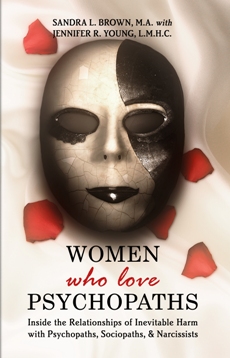By Susan Murphy-Milano
It is the holidays and you were sure that your relationship would last until the end of time, but it did not sustain. However, those emotions still tied to the person remain, and you are teetering after that warm and fuzzy holiday text message or phone call you just received. You have all but wiped away the memory of the last time you were together. Perhaps you were blamed or hurt by a circumstance or a situation that you were made to feel was your fault. Finally, you had enough and began moving forward with your life. You worked hard to untie those emotional strings and the memories you once shared.
Holiday or not, how many more times are you going to allow a person with whom you were in a relationship to make excuses for their outbursts? Either through yelling at you because the boss got on their back, or there is not enough money through the end of the month to buy groceries and somehow your partner is blaming you? The house is in shambles, the kids have been up all night with the flu and you are whacked across the face by your “loving partner” because things are not the way THEY expect them. Your partner informs you, similar to placing you on notice, that you have had this conversation before.
On the phone that warm and fuzzy feeling returns as he speaks to you so tenderly and warm. Your knees buckle a bit as the familiar scent of a toxic tune plays in his voice. He reminds you of all the other holidays you shared and the importance of family, knowing what will pull you back in with his toxic sweet talk. He says “can’t we try again for the sake of what we had or the kids?” And then he adds a pinch of “baby, it’s the holidays,” and your response should be “yes it is, happy holidays to you, thank you for calling, goodbye.”
The turkey you prepare should be the only one in attendance this year at your holiday table – not sitting in the chair next to you.
Remember – don’t invite the pathological live turkey to show up at your door for the holidays.
(**If we can support you in your recovery process, please let us know. The Institute is the largest provider of recovery-based services for survivors of pathological love relationships. Information about Pathological Love Relationships is in our award-winning book, Women Who Love Psychopaths, and is also available in our retreats, 1:1s, or phone sessions. See the website for more information.)









